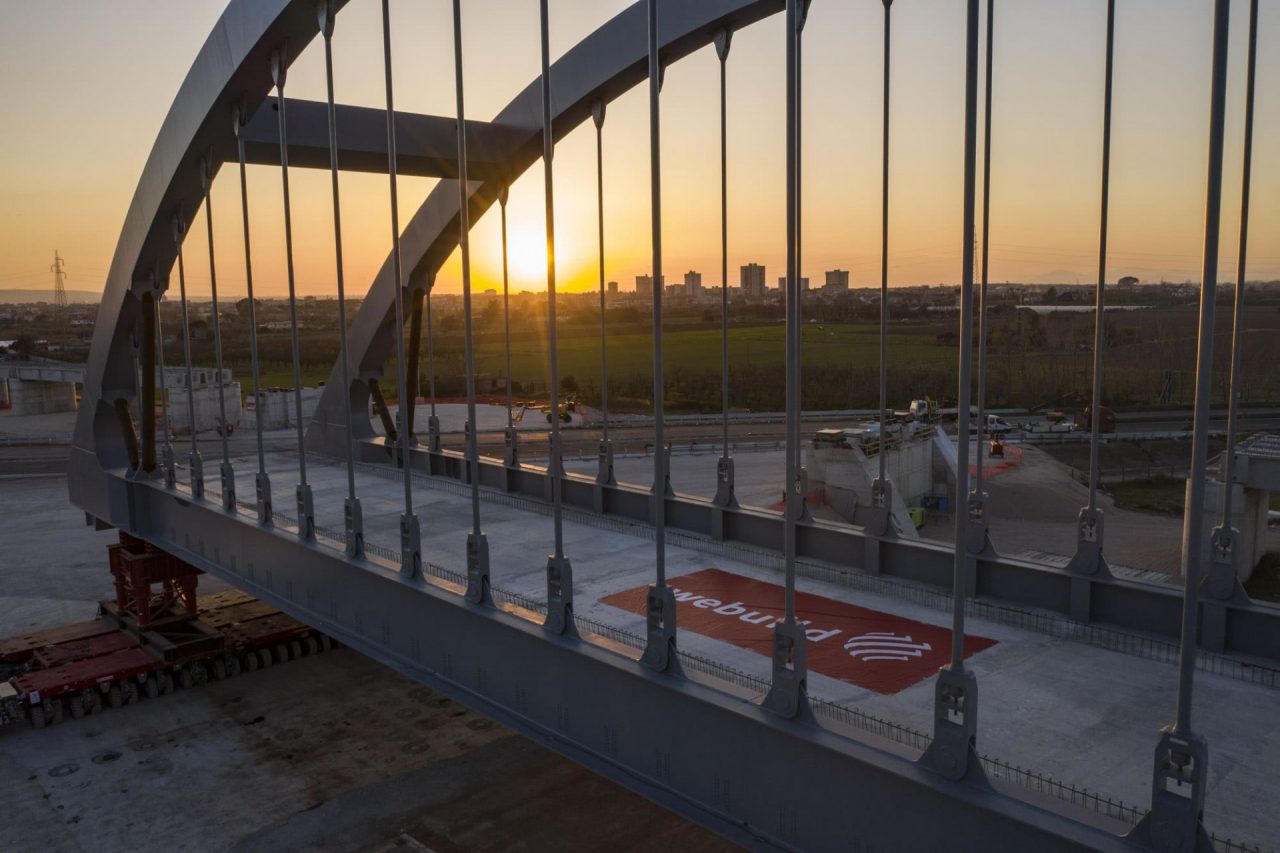From Salerno-Reggio Calabria to Naples-Bari, from Palermo-Catania to the Giovi Pass, in the next few years Italy will be taking “iron pills.” The “iron” is in the new high-speed and high-capacity railway lines that will penetrate those unserved areas that were previously beyond the reach of this strategic economic accelerator, and are strategic for Italy’s economic development.
Italy’s underdeveloped South is at the top of the list, receiving over half, or 56%, of the infrastructure resources earmarked under the National Recovery and Resilience Programme (NRRP) – part of Europe’s stimulus plan to help national economies recovery from the pandemic. Out of a total of €62 billion ($70 billion) in infrastructure spending, €34.7 billion ($39.2 billion) will be invested in Southern Italy, with a focus on railways (fast, but also regional) and sustainable transport.
The government has mandated the Ministry of Sustainable Infrastructures and Mobility to execute these projects that will expand the country’s high-speed train network, strengthen its regional transport, develop large logistics hubs such as ports, digitalise the safety of roads and highways, improve the ecological impact of logistics, and protect water resources.
Italy’s NRRP: starting over from high speed
Reducing travel times and bringing cities closer together is the Plan’s primary goal, investing €25 billion ($28 billion) in the development of high-speed/high-capacity lines that will in the future run the entire length of the peninsula. A link between Salerno and Reggio Calabria at the toe of Italy’s “boot,” therefore, partly paid for by the NRRP. Webuild Group is working on some of these projects, starting from the Giovi Pass (Terzo Valico dei Giovi), including the Naples-Bari, Palermo-Catania and Vicenza-Padua sections.
In addition to high-speed rail, the National Rail Plan also envisages that €5.45 billion ($6.16 billion) will be allocated to the strengthening of regional networks and their electrification, with particular attention – again — to the south of Italy. In addition to the lines, €8.4 billion ($9.5 billion) will be allocated to the renewal of the vehicle fleet, i.e. trains, buses and ships, investing in the development of green local transport and rapid mass transport, with the ultimate goal of significantly reducing harmful emissions into the environment.
One of the biggest beneficiaries of the “iron pills” will be the environment. The Ministry estimates that the planned investments will reduce atmospheric emissions of Co2 by 2.3 million tonnes per year. All this will be made possible by the construction of 700 kilometres (434 miles) of new railways, including high-speed and regional lines; 216 kilometres (134 miles) of new tram lines, subways and trolleybuses; and the purchase of new trains.

Infrastructure driving the NRRP
In the government’s plans, infrastructure spending is a fundamental pillar for the NRRP. The Plan allocates €62 billion for infrastructure, which must be entirely based on economic, social and environmental sustainability. The total amount of resources is financed partly with Next Generation EU funds, partly by React EU (another EU fund) and partly with national spending — which make it possible to go beyond the 2026 deadline set by the European Union for project delivery. These projects include, for example, the construction of the high-speed line from Salerno to Reggio Calabria, a work financed only in part with European funds and the rest with Italian state resources.
“This is a plan of historic proportions for Italy but also highly innovative from a qualitative point of view, which places the wellbeing of people, the competitiveness of businesses and respect for the environment at the center of a new way of conceiving infrastructure and mobility systems, in the name of reducing inequalities between North and South and sustainability,” said Minister for Sustainable Infrastructures and Mobility Enrico Giovannini.
Sustainability is the fundamental pillar of this new spending package, which views mobility and transport as the foundation of a more modern and prosperous country.

